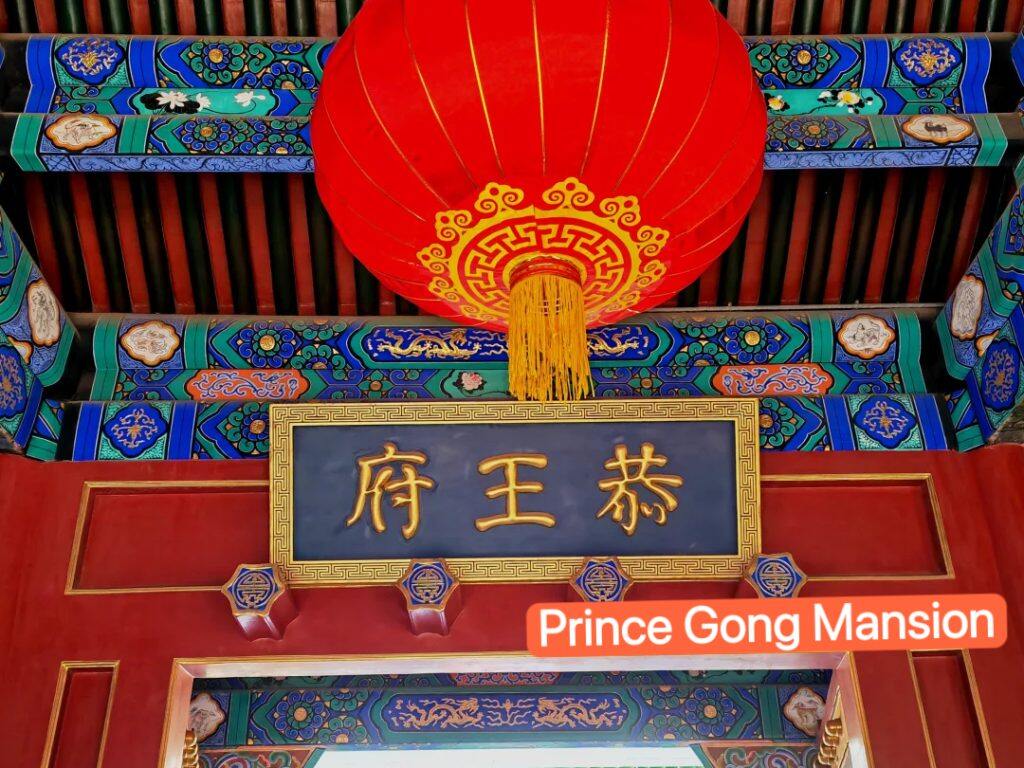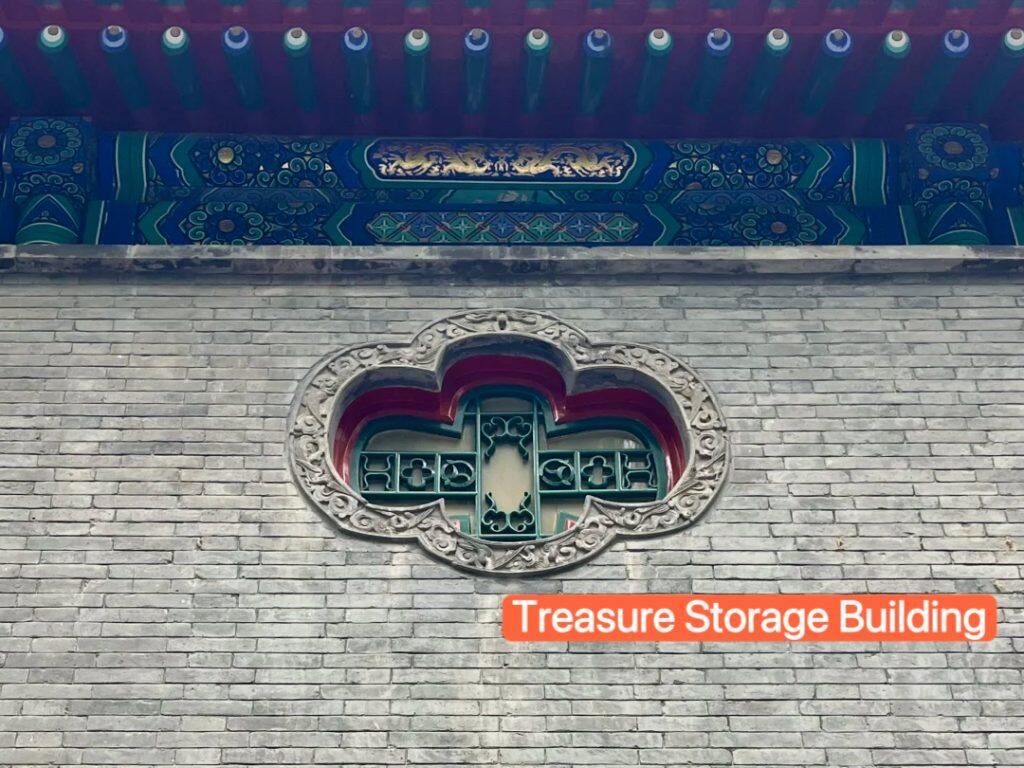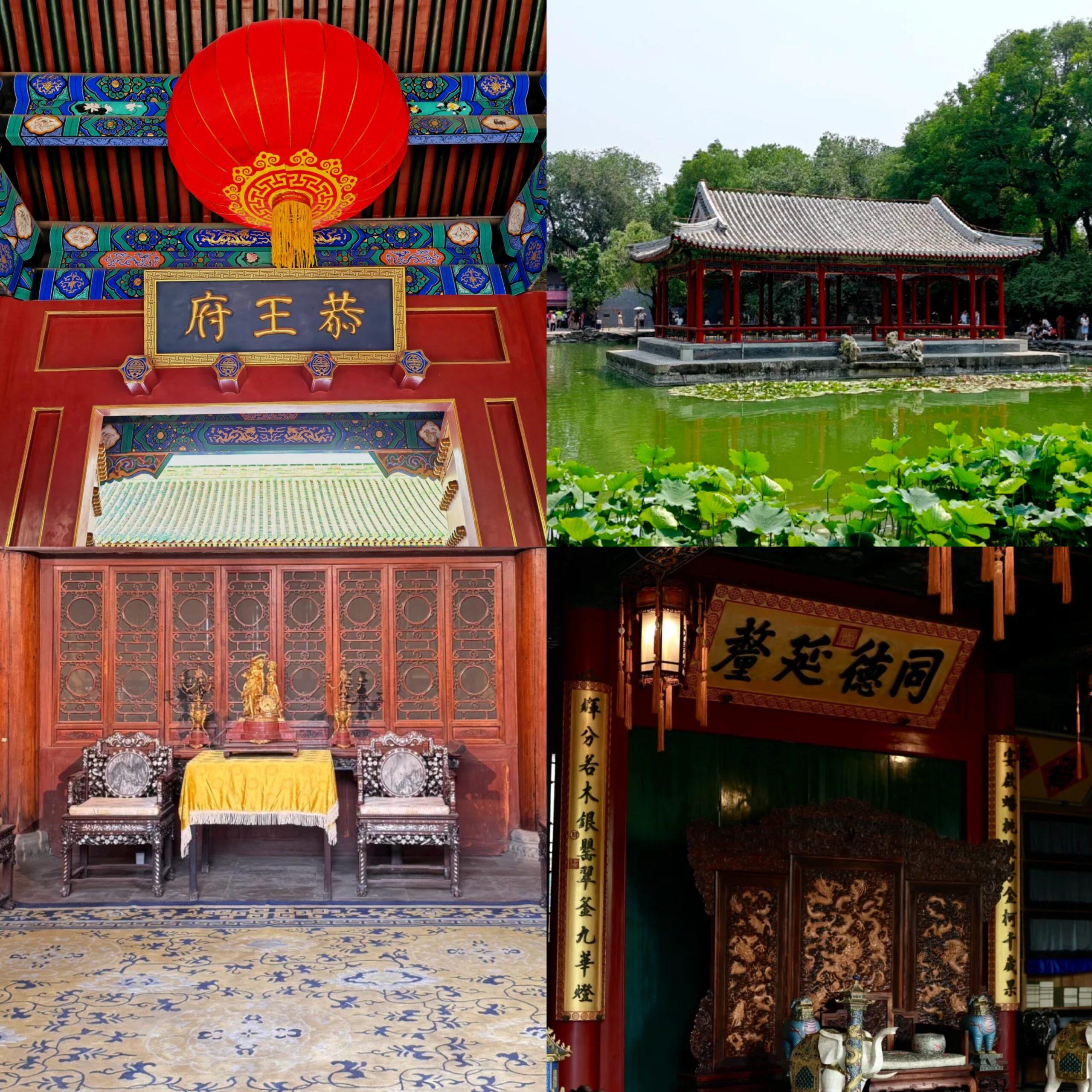Hello, I’m Mike Wang, a China travel expert with over 20 years of experience. During these two decades, I’ve traveled extensively around the world. Today, we’ll dive into one of Beijing’s most famous sites—Prince Gong Mansion in China. This historic residence blends imperial-era stories, lovely gardens, and handy travel tips, reflecting a place full of charm and memories.
Introduction
Prince Gong Mansion, with a history of over 200 years dating back to the Qing Dynasty (18th century), covers about 60,000 square meters. It is one of the best-preserved noble mansions of the Qing Dynasty in China and a key spot to explore ancient Chinese noble culture in Beijing.
Located in Xicheng District, Beijing, it’s just a 10-minute walk from Shichahai Lake—easy to reach for travelers. Originally built for He Shen, a powerful official of the Qing Dynasty, the mansion was later given to Prince Gong in 1851, which is how it got its name today. Inside, it shows classic Qing Dynasty architecture: grand halls for official meetings, quiet living quarters, and a beautiful garden with ponds, rockeries, and pavilions. You can also see traces of its past—like old furniture and decorative carvings—that reflect the life of ancient Chinese elites.

Tickets & Opening Hours
Tickets:
Adult: 40 RMB (~5.5 USD) (April–October); 30 RMB (~4.1 USD) (November–March).
Free: Kids under 1.2m; Seniors over 60 (with passport); Disabled visitors (with valid certificate).
Half-price: Students (with international student ID) – 20 RMB (~2.7 USD) (peak season), 15 RMB (~2 USD) (off-season).
Purchase & Payment:
Online: Book via the official WeChat mini-program “Prince Gong Mansion” or travel platforms (Ctrip, Fliggy) 1–7 days in advance. Accepts Alipay, WeChat Pay, Visa, and Mastercard.
On-site: Buy tickets at the south gate ticket office. Cash, Alipay, WeChat Pay, and international credit cards are accepted. No need to print tickets – show the electronic QR code or ID.
Opening Hours:
8:30 am–5 pm (last entry 4:30 pm) (April–October); 8:30 am–4:30 pm (last entry 4 pm) (November–March).
Closed: Every Monday (except public holidays in China).
Main Scenic Areas & Attractions
Main Hall (Zhengda Guangming Hall)
Built for He Shen (a powerful Qing official) in the 18th century. It was used for holding grand meetings and receiving high-ranking officials. Later, when Prince Gong owned the mansion, he added imperial-style decorations (like yellow roof tiles) – a sign of his noble status. A story says He Shen once hid rare jade here, as the hall was his most guarded space.
Prince Gong’s Living Quarters
A group of 5 connected buildings, where Prince Gong and his family lived. Each room has original Qing Dynasty furniture (wooden beds, desks, and cabinets). He Shen originally used this area for his concubines. One fun fact: The windows have unique carvings of peonies (a symbol of wealth in China) – He Shen ordered these to show his fortune.
Jade Water Garden
The most beautiful part of the mansion, built by He Shen to mimic imperial gardens. It has a small lake, rockeries, and 20+ pavilions. The “Lotus Pavilion” by the lake was where Prince Gong liked to read and drink tea. A famous story: He Shen once planted a rare ginkgo tree here – people said it represented his desire for long-lasting wealth. Today, the tree is over 200 years old and still stands.

Treasure Storage Building
A 150-meter-long building with 99 rooms. He Shen used it to store his treasures (gold, jade, silk, etc.). Each room has a different window design – He Shen memorized the designs to know what treasures were inside (no labels). After He Shen was arrested for corruption, officials found over 100 million taels of silver here – equal to 15 years of China’s national tax at that time.

Transportation
How to Get to Prince Gong Mansion from Beijing?There are 3 ways:
🚇Subway:
Take Line 6 to “Nanluoguxiang” Station (Exit B), then walk 8 minutes (about 600 meters) south to the mansion’s south gate.
Take Line 8 to “Shichahai” Station (Exit C), then walk 10 minutes (about 800 meters) east.
🚌Bus:
Take Bus 13, 42, 111, or 107 to “Prince Gong Mansion” Stop – directly in front of the south gate. Fare: 2 RMB (~0.3 USD) (use Beijing 公交卡 or Alipay/WeChat Pay).
🚕Taxi/Didi:
Tell the driver “Prince Gong Mansion South Gate” (Gong Wang Fu Nan Men). Cost from downtown Beijing (e.g., Tiananmen Square) is ~30 RMB (~4.1 USD), 25–30 minutes (avoid 7–9 am and 5–7 pm rush hours).
How to Buy Transportation Tickets:
Subway: Buy a single-trip ticket (3–5 RMB/~0.4–0.7 USD) at the station ticket machine (has English options) or use a transit card.
Bus: Pay on board (cash or mobile payment).
Experience & Activities
Guided Tours (English):
Book: Via the official website or on-site at the tour desk (south gate).
Cost: 150 RMB (~20.5 USD) per group (up to 5 people).
Duration: 1.5 hours – covers all key spots and history stories.
Traditional Tea Tasting:
Location: Lotus Pavilion in Jade Water Garden.
Cost: 68 RMB (~9.3 USD) per person (includes a cup of Chinese green tea and a small snack). No advance booking – just walk in.
Practical Tips & Etiquette
- No smoking anywhere in the mansion – fines up to 200 RMB (~27.5 USD).
- Don’t touch ancient furniture or carvings – there are signs and staff to remind visitors.
- Take photos, but no flash in the Treasure Storage Building (to protect old artifacts).
- Wear comfortable shoes – you’ll walk about 10,000 steps.
- Bring a small bottle of water – there are water fountains inside (free).
- In peak season (May–October), arrive by 9 am to avoid crowds.
Accommodation (Within 3km)
Beijing Shichahai Courtyard Hotel:
1.2km from the mansion, in a traditional Chinese courtyard.
Price: ~600 RMB/~82 USD per night (includes breakfast, free Wi-Fi).
Hanting Hotel (Prince Gong Mansion Branch):
1.8km away, modern rooms.
Price: ~400 RMB/~55 USD per night.
7 Days Inn (Nanluoguxiang):
2.3km away, clean and simple.
Price: ~280 RMB/~38.5 USD per night.
The Opposite House:
2.8km away, 5-star hotel with stylish design.
Price: ~1,800 RMB/~247 USD per night (includes gym access).
Food
- Inside the Mansion:
- Snack Shop (near the north gate): Sells Chinese snacks like sweet potato cakes (8 RMB/~1.1 USD) and bottled drinks (5 RMB/~0.7 USD). No full meals.
- Nearby (Within 1km):
- Lao She Teahouse (Shichahai Branch): 800 meters away, serves traditional Beijing food – try Peking duck (198 RMB/~27 USD) or fried liver (25 RMB/~3.4 USD).
- Nanluoguxiang Street: 600 meters away, many street food stalls – Jianbing (Chinese crepe, 10 RMB/~1.4 USD), stinky tofu (12 RMB/~1.6 USD), and milk tea (15 RMB/~2 USD).
- Local Restaurants: “Gong Wang Fu Restaurant” (500 meters away) offers Qing-style dishes – braised pork ribs (68 RMB/~9.3 USD) and bamboo shoots soup (38 RMB/~5.2 USD).

Mike Wang
Mike Wang is a 40-something Chinese travel expert, has explored the world,
hosting numerous foreign visitors. He’s deeply interested in and knowledgeable
about ancient cultural architectures, enriching journeys with his insights.
Essential Beijing Travel Resources
1、Core Beijing Attractions
National Museum Travel Guide for China Trip
The Palace Museum:Your Complete Guide in China
Prince Kung’s Mansion:Your Ultimate China Guide
The Great Wall of China:The Hottest Attraction in China
China Trip Essential:Universal Beijing Resort
2、Must-Stay Beijing Hotels
Beijing’s Top 10 Luxury Hotels:A Ultimate Guide
Beijing’s Top 10 Family-Friendly Hotels:Your Perfect choice
Beijing’s Top 10 Scenic Hotels:Perfect View Stays

